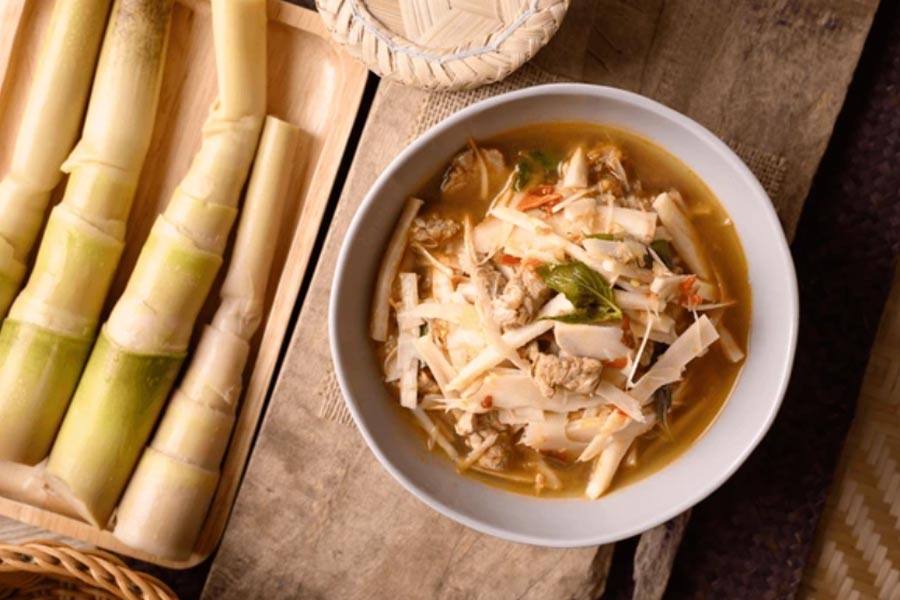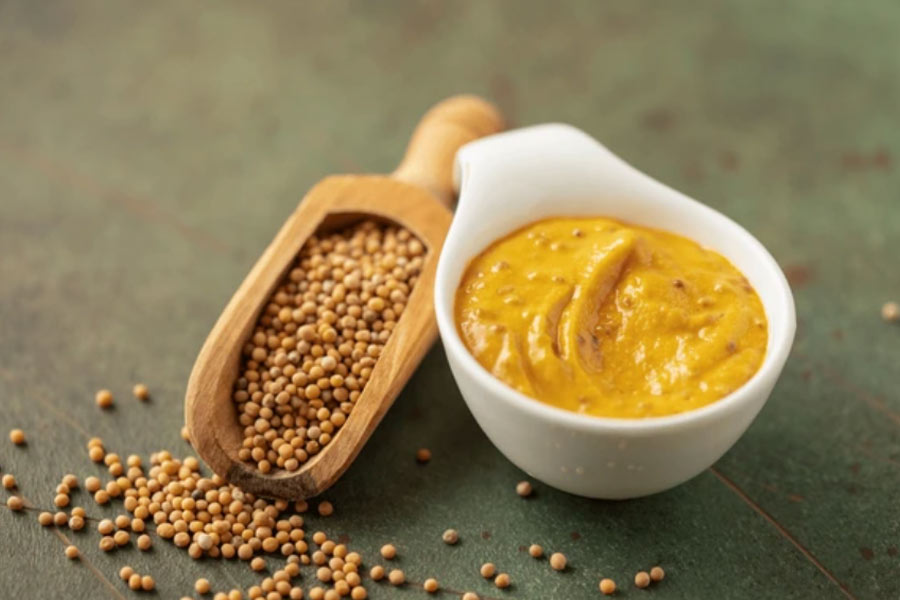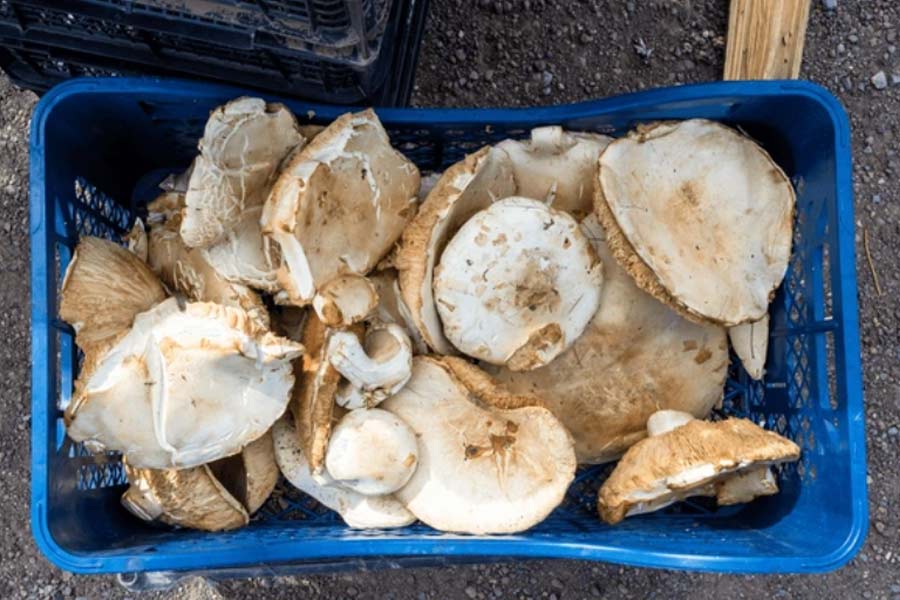What makes some dishes so irresistible that you keep coming back for another bite? More often than not, it’s umami, the fifth taste. Discovered in Japan over a century ago, umami is the hard-to-describe rich, meaty and sometimes creamy taste you find in miso soup, parmesan cheese and mushroom preparations.
But, what if we told you that some of our own Bengali cuisine ingredients offer the umami taste that lingers on your palette, and, of course, make you come back for another bite.
What is the umami scene in Bengal?
Bengal has its own heroes that add to this deeply satisfying taste of umami, often associated with East Asian or Western food. Flavour compounds like glutamate, inosinate, and guanylate, which contribute to the umami flavour, may not be present in a single Bengal ingredient, but using them in recipes along with others can enhance the fifth taste.
Fermented bamboo shoot
Fermented bamboo shoots, locally known as 'khorisa' in some tribal areas and available in parts of north Bengal, are a powerhouse of umami. Although not a Bengali kitchen staple, it’s becoming increasingly popular in fusion and indigenous-inspired recipes. With its pungent aroma and tangy depth, a spoonful of fermented bamboo shoot in a stew or sautéed vegetable dish can transform it into something sinfully delicious. Bamboo shoots naturally contain glutamate, and can also be found with added inosinate and guanylate
Shutki or dried fish
Shutki or dried fish is one of the most umami-rich ingredients in Bengal’s culinary culture with all three compounds present in it. While its overpowering smell might divide opinions, there’s no denying the explosive flavour it lends to curries and bhartas. Dried loitta or bombil, once rehydrated and cooked with mustard oil, garlic, and chillies, packs a smoky, salty punch.
Small fish
Small fish like Mourala, Amodi, Puti and Kachki, when fried and added to any recipe with vegetables, adds the umami flavour. It is fishy and earthy. All fresh-water small fish in Bengal naturally have glutamate, inosinate, and guanylate. The head portion of any big fish also adds to the flavour along with other ingredients like tomatoes, ginger, and black cumin.
Kasundi or mustard paste
Kasundi, Bengal’s answer to mustard sauce, is spicy, fermented, sharp and unapologetically flavourful. Its fermentation process naturally enhances its umami character. A spoonful in marinades or as a condiment with fried fish or vegetables adds that full-bodied savoury aftertaste. During fermentation of the kasundi, protein breakdown can release small amounts of free glutamic acid, the source of umami flavour.
Local mushrooms
Local mushrooms found in Purulia, Bankura and other tribal districts are a forager’s delight. These wild mushrooms, often cooked with chillies and garlic, are rich in guanylate. Their earthy, meaty taste is pure comfort on a plate.
Tomatoes
Tomatoes may not be native to Bengal, but they have long been ruling Bengali kitchens as a versatile base ingredient. From tangy jhols and chutneys to rich gravies, tomatoes lend depth, acidity, and a natural umami boost to a variety of dishes. Their high glutamate content makes them a perfect foundation for building flavour, especially when paired with ingredients like freshwater fish, shutki (dried fish), or mushrooms. These combinations — glutamate from tomatoes with inosinate from fish or guanylate from mushrooms — create an intensified umami experience.










